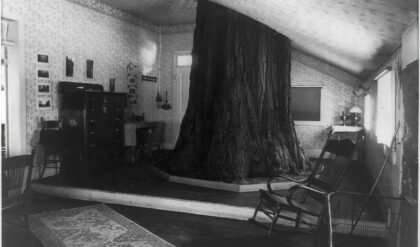
Polyurethane surfboards pose an issue. The University of Berkeley (via a separate study from the University of Wollongong) found that a single shortboard can generate 375 pounds (0.170097 metric tons) of carbon dioxide (CO2) during production and release up to 600 pounds (0.272155 metric tons) throughout its lifespan. Additionally, a frequent surfer may require multiple shortboards annually.
According to Surfer Today, this amounts to approximately 450,000,000 pounds (204116.5665 metric tons) of CO2 produced annually in the surfing industry, assuming the reported figure of 750,000 surfboards manufactured per year is accurate. Similar statistics are supported by other surfing websites such as Mpora.
The traditional process of constructing surfboards, which heavily relies on epoxy resin and foam, is becoming less viable due to increasing carbon emissions and the resulting climate destruction. Consequently, surfboard designers are now choosing eco-friendly alternatives. The Paradoxal Surfboards, designed by Jérémy Lucas in France, exemplify innovative solutions to contemporary challenges by utilizing upcycled sargassum algae and 3D printing technology.
More: Jérémy Lucas


The Paradoxal Surfboards are created from upcycled algae harvested from Ris Beach, Spain. Their design draws inspiration from the honeycomb structure of nano-structures found in the algae. Jérémy Lucas and the Paradoxal team observed that the sargassum algae resembled surfboards at a microscopic level, leading to the birth of the Paradoxal Surfboard design.
The surfboard is not solely composed of algae. Instead, it is constructed using a 3D-printing technique that blends “thermoplastics, thermosetting materials, and biosourced fibers”. Through this combination, Paradoxal can produce distinctively-shaped designs that are strengthened in particular regions, resulting in a more resilient and enduring structure for withstanding oceanic pressures.



The transparent laminated design and circular lattice structure are stunning when illuminated directly. The surfboard, made from algae and thermoplastics using 3D printing technology, resembles aquatic life found on an alien planet.
The circular structures, which enhance the board’s sturdiness by providing flexibility, are the main advantage of 3D-printing. Creating similar structures within a polyurethane foam blank is difficult, and 3D-printing a board with this design may be more cost-effective considering its longer lifespan.
The availability and retail price of Paradoxal Surfboards remain uncertain. Paradoxal plans to release them in limited quantities later this year.







